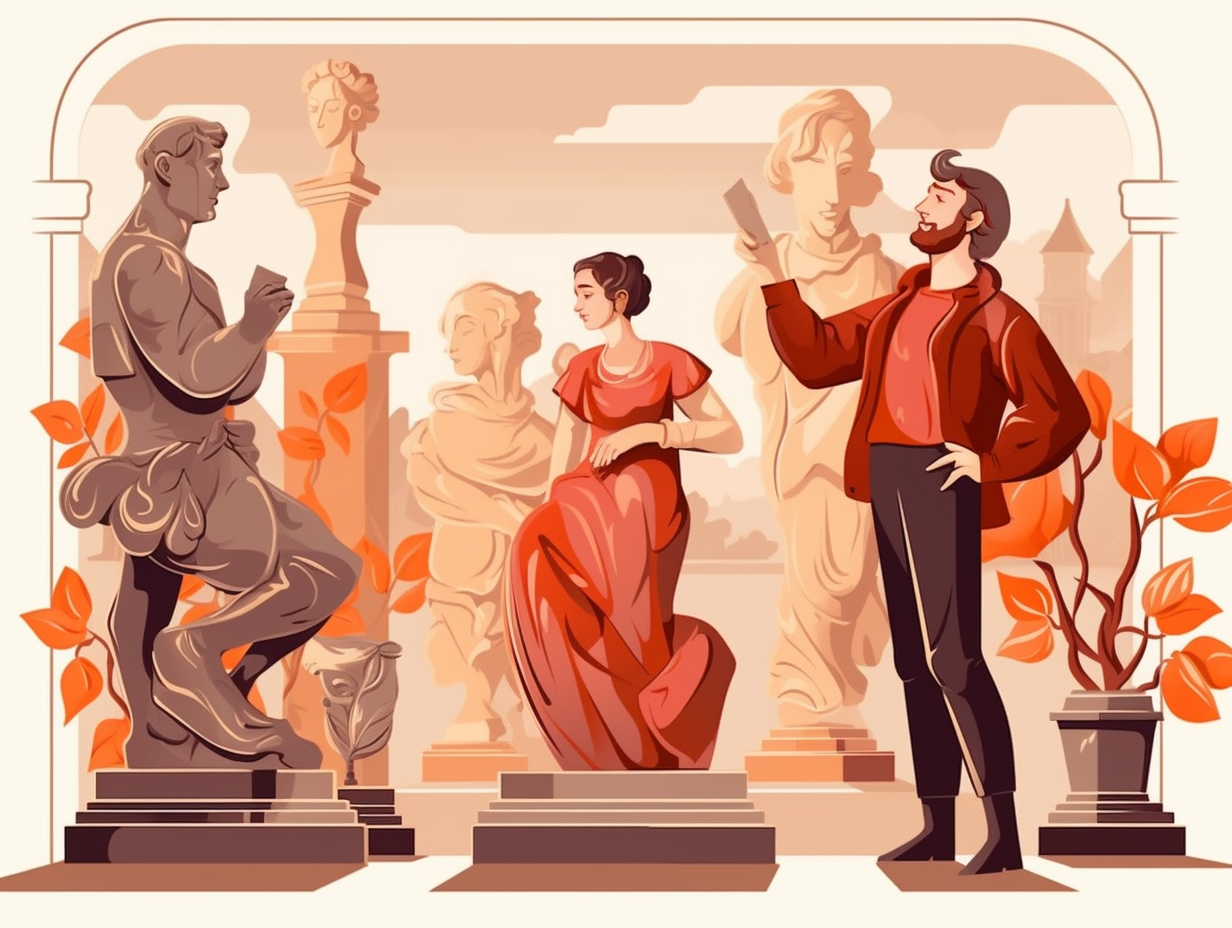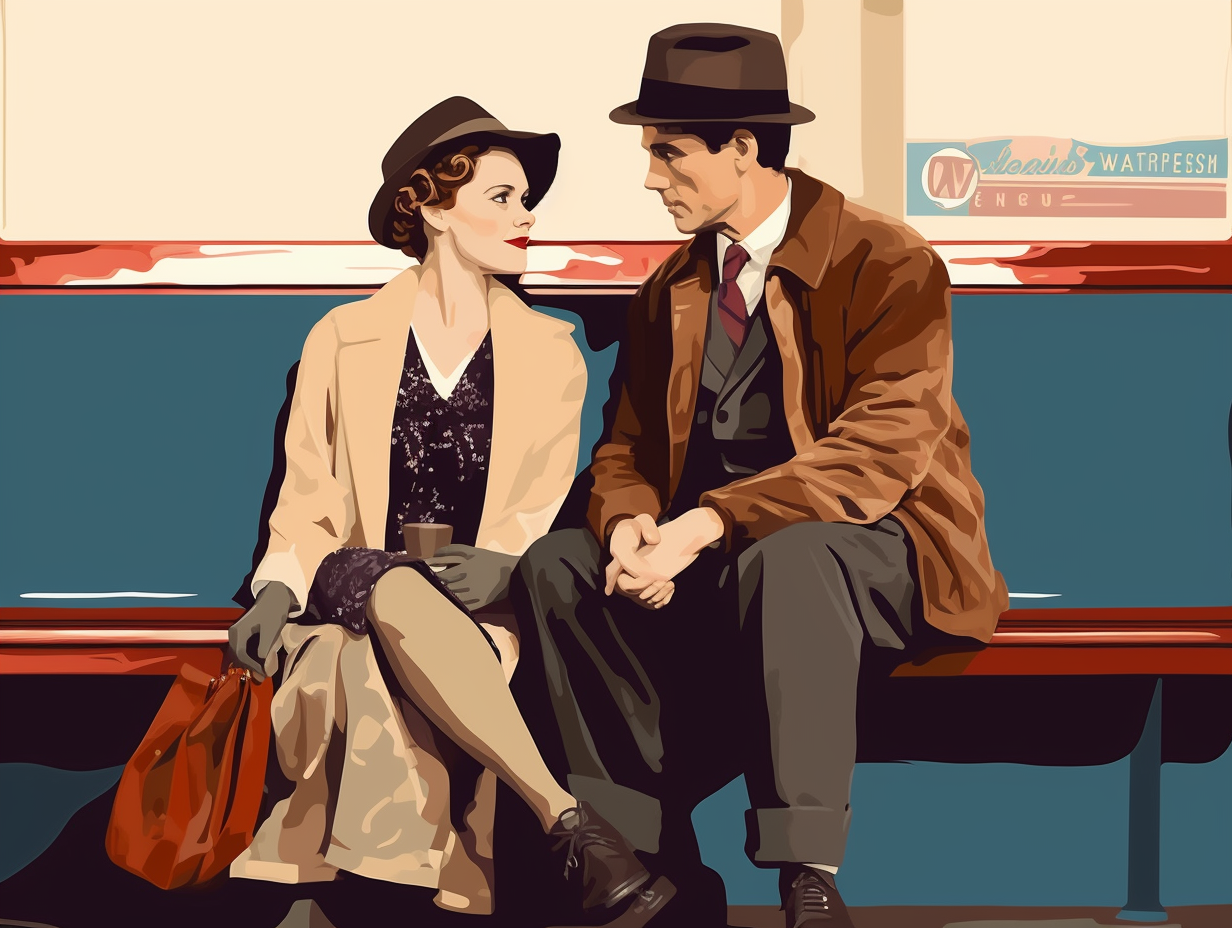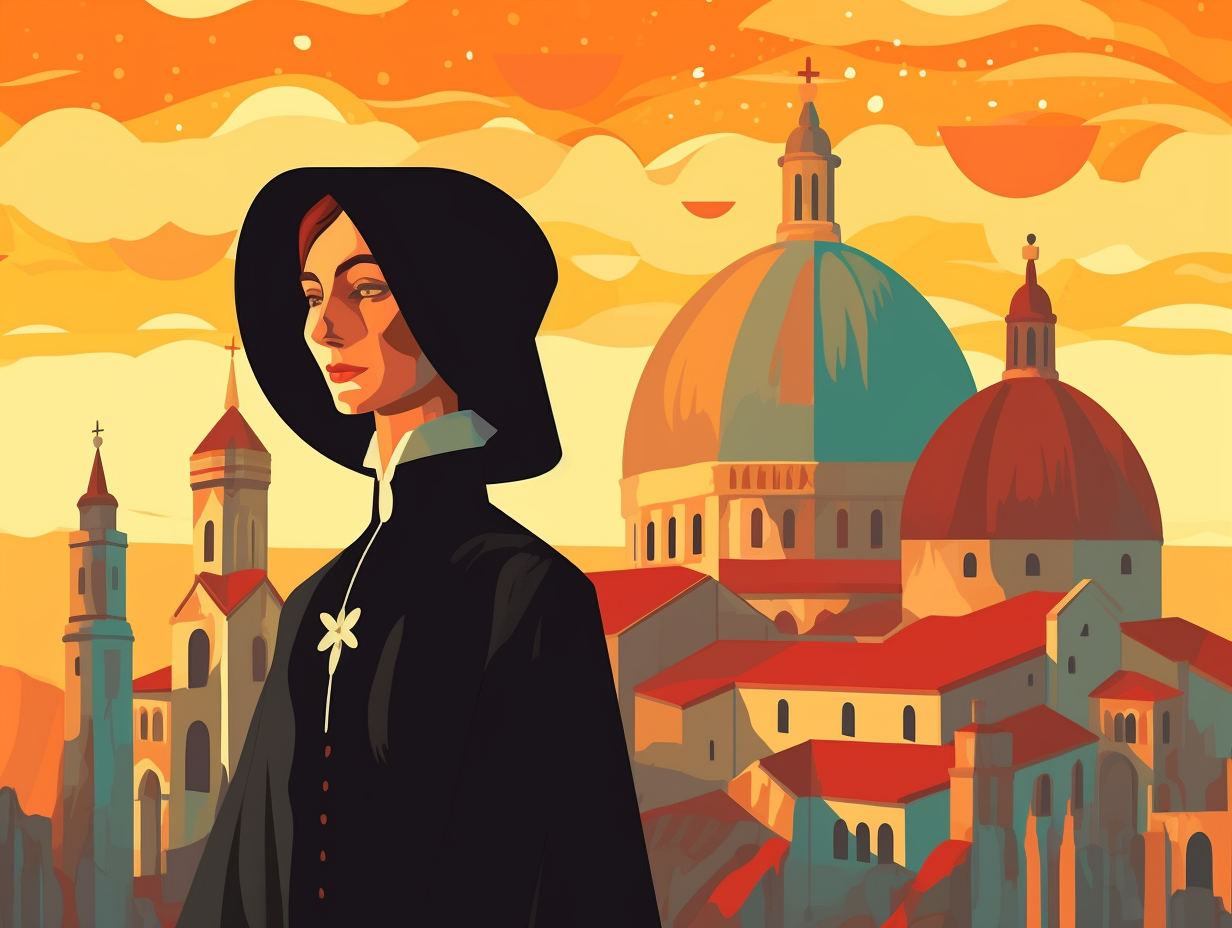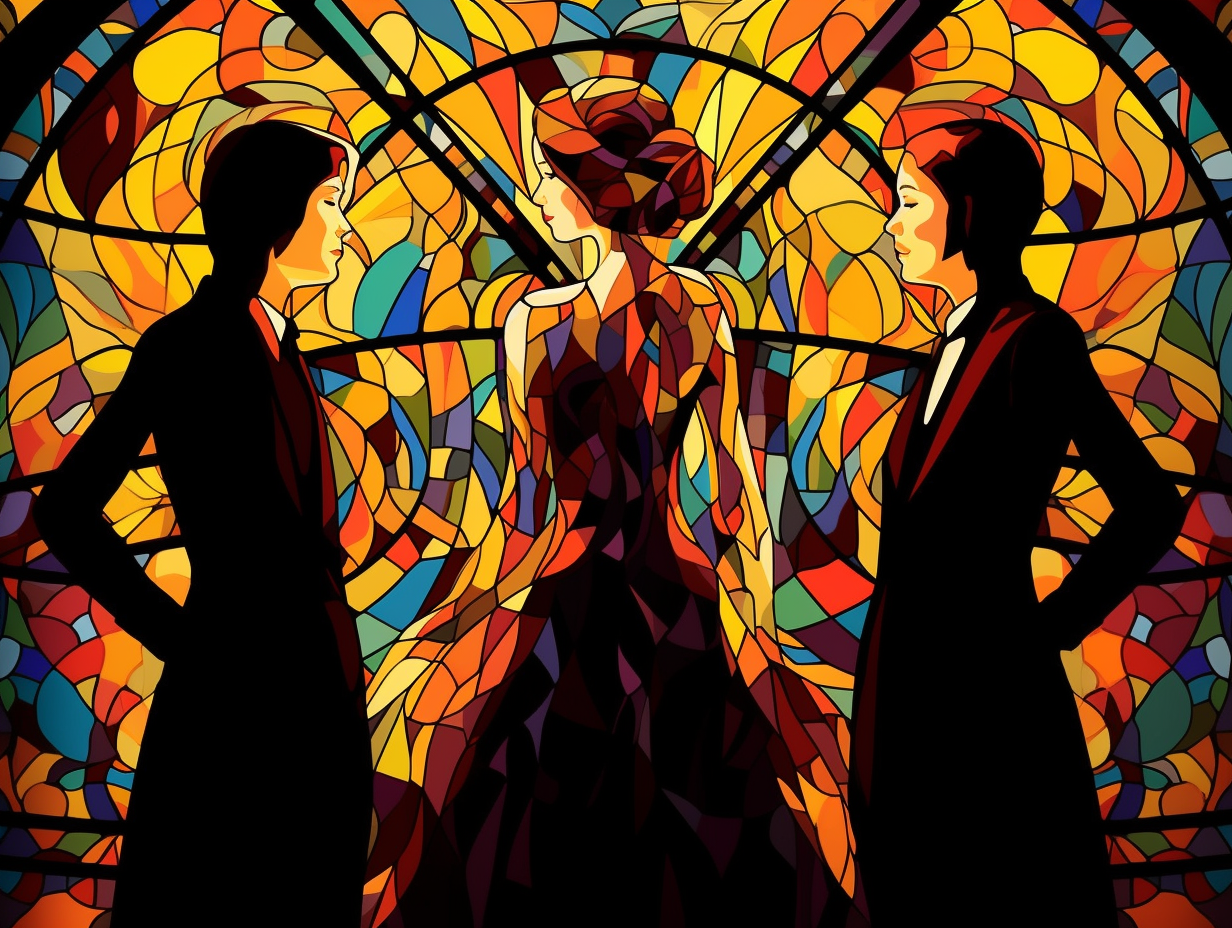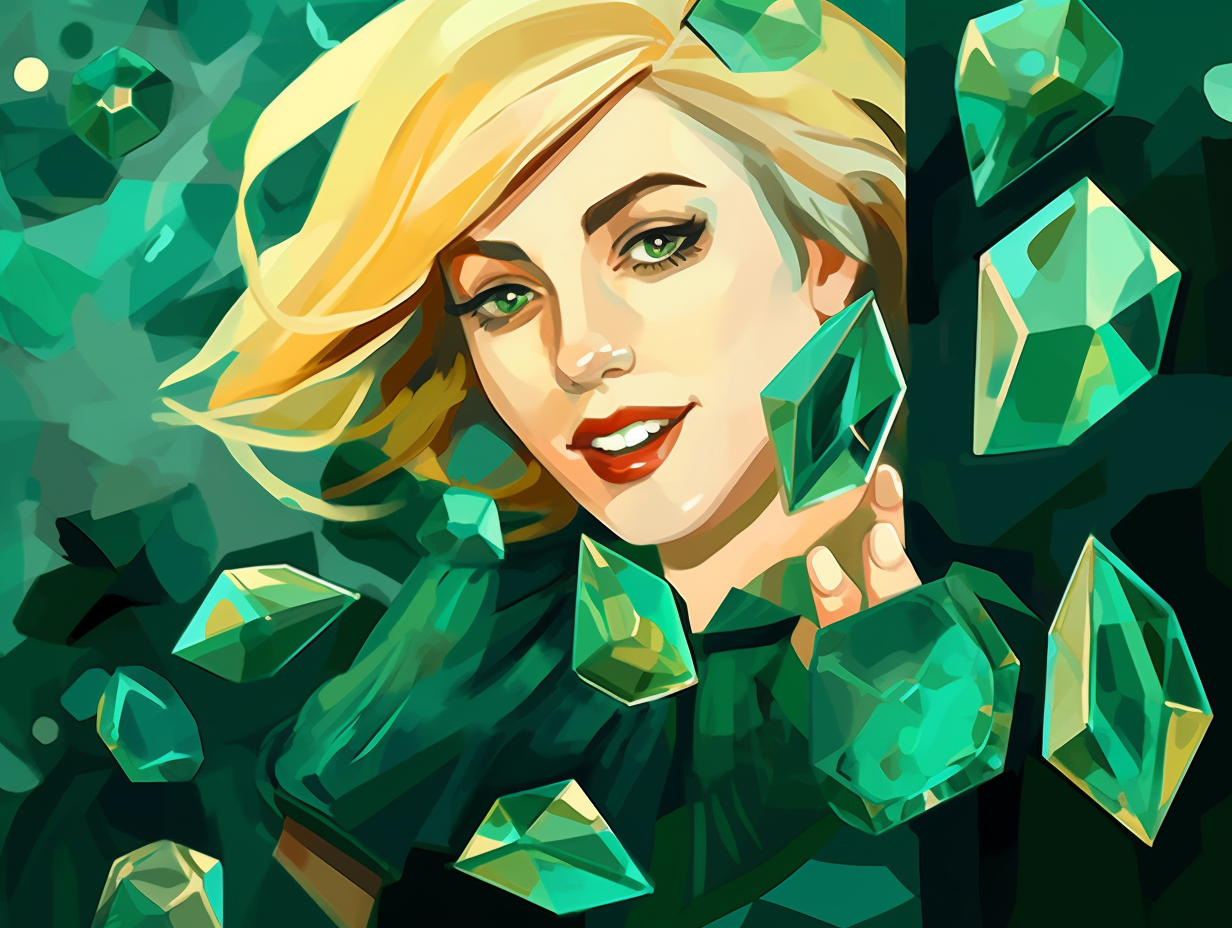Discover the Intriguing World of Cubism: Top 12 Fun Facts from Paris to Picasso
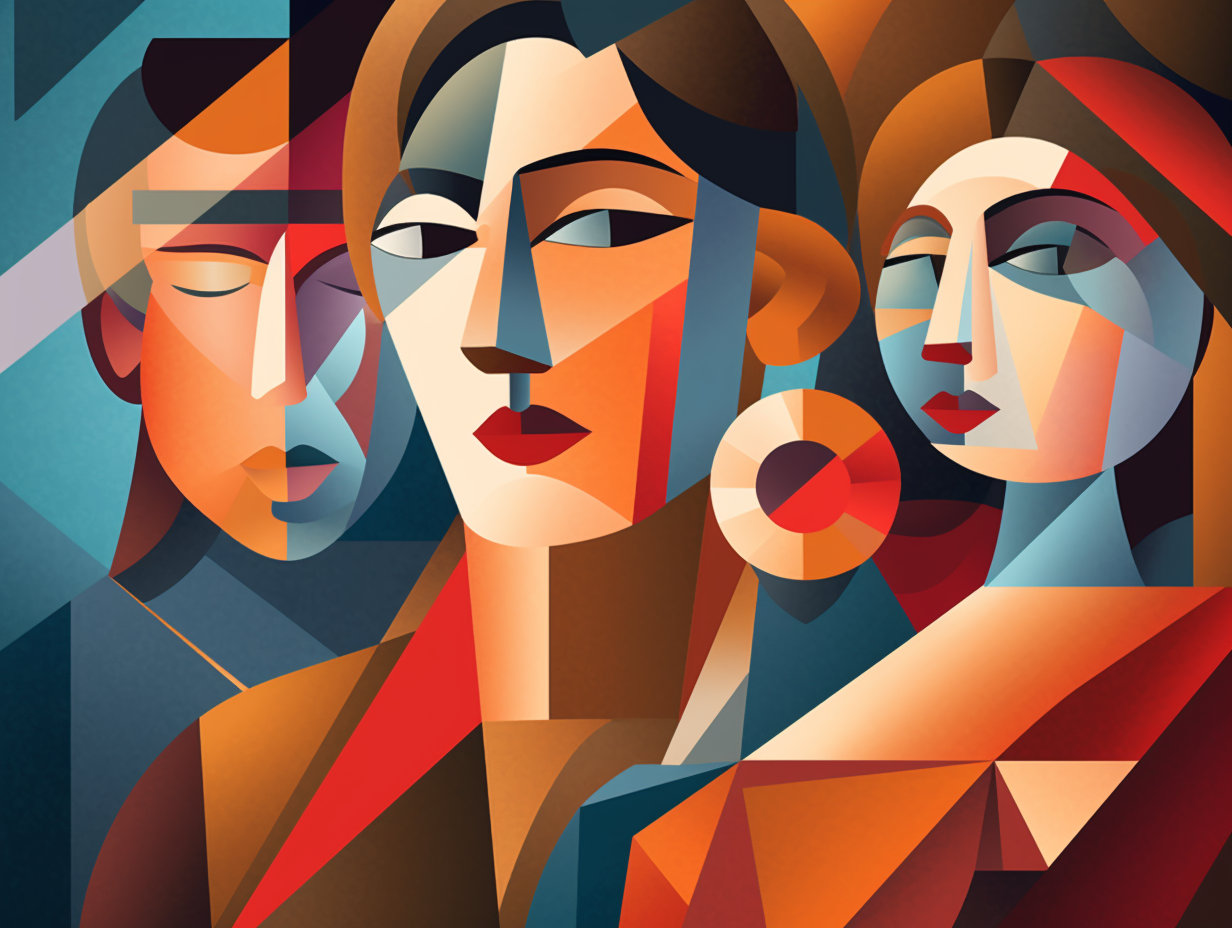
1. Cubism: Jenga Meets Picasso
Like the lovechild of Jenga and a Picasso painting, Cubism took the art world by storm: This innovative movement, inspired by Paul Cézanne and led by artists like Pablo Picasso and Georges Braque, deconstructed subjects into abstract forms, influencing not just art, but music, literature, and architecture as well – although it had sassy siblings in Futurism and Dada seeking a piece of the revolutionary pie.
Source => en.wikipedia.org
2. Picasso & Braque: Art's Dynamic Duo
Though the legend of Picasso often eclipses that of his modest sidekick, Georges Braque, cubism, much like a dynamic superhero duo, cannot have one savior without the other: Georges Braque and Pablo Picasso together co-founded the groundbreaking art movement, rejecting traditional techniques of perspective and foreshortening, and championing two-dimensionality on canvas.
Source => metmuseum.org

Did you know that Picasso's painting Women of Algiers (Version O) holds the record for the most expensive painting ever sold at a jaw-dropping $179.4 million? Discover more astonishing art facts!
=> Fun Facts about Art
3. Kool-Aid Man of Art: Shattering Space
Who knew Cubism was the Kool-Aid Man of art, bursting through walls and shattering the space within? Oh yeah!: Picasso and Braque actually incorporated fragmented facets and arbitrary details into their Cubist paintings, tearing apart not just the objects on canvas but also creating a formidable maze within the empty spaces, confounding critics with their innovative style.
Source => smarthistory.org
4. Shape-shifting Cubism: Beyond Paintings
Cubism: the only "ism" that decided to shape-shift more than a Transformers movie: Not only did it revolutionize painting, but Cubism shook up sculpture and architecture in the 20th century, as seen in the works of artists like Alexander Archipenko, Raymond Duchamp-Villon, and Jacques Lipchitz, and inspiring other movements like Dada and Surrealism along the way.
Source => metmuseum.org
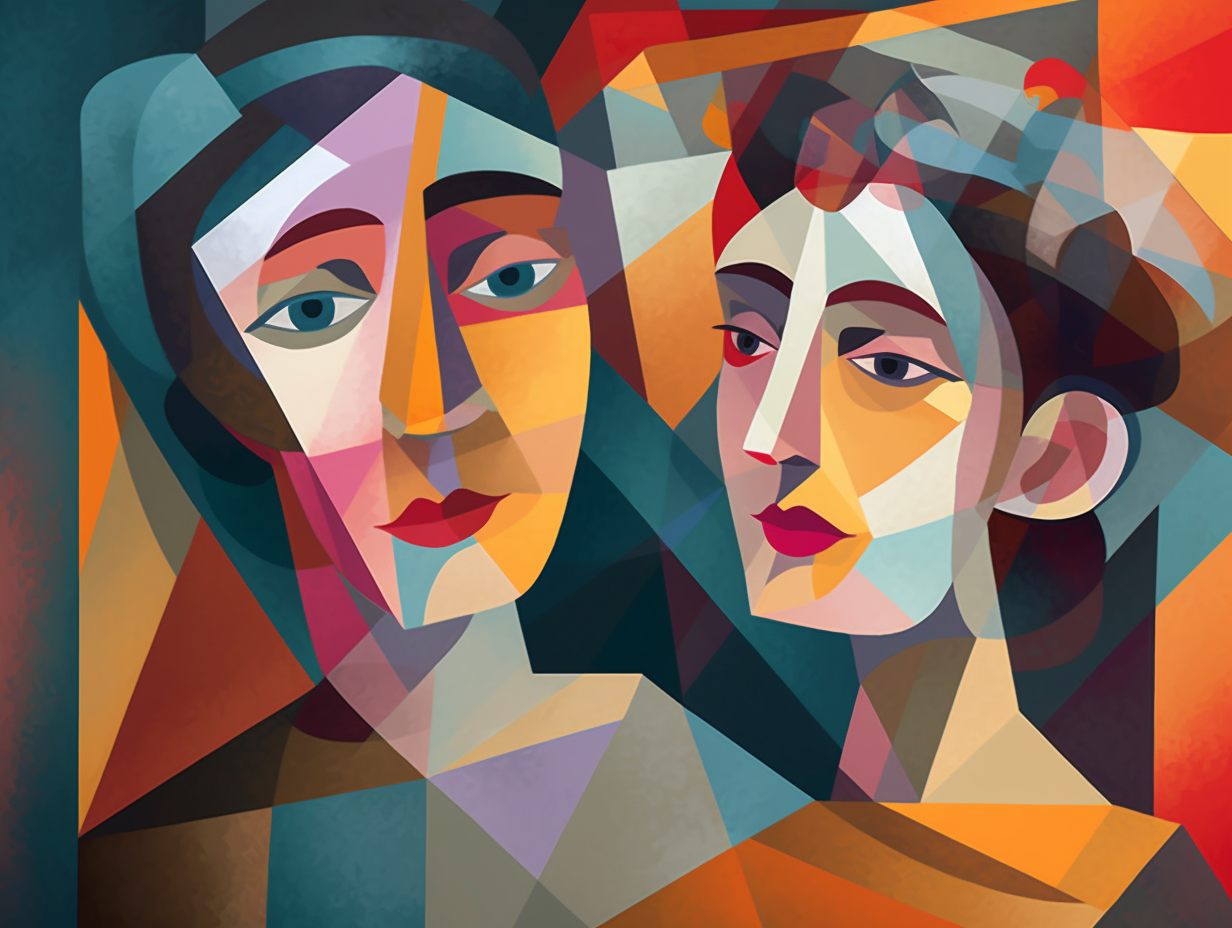
5. Picasso & Braque's African and Iberian Takeout
When Picasso and Braque walked into a bar, they didn't order drinks; they ordered African and Iberian art to go: Cubism, renowned for its abstract geometric style, was greatly influenced by the stylized, abstract forms found in African and Iberian art – kickstarting a movement of breaking objects down into basic shapes and simplified forms.
Source => waynearthurgallery.com
6. Post-Injury Art: From Headaches to Masterpieces
What's harder than a Picasso puzzle and more impressive than a Braque backflip? Georges Braque and Oskar Kokoschka both continuing to create masterpieces post-head injury: Braque didn't paint for nearly a year due to a left hemisphere injury, but still returned to the Cubist game strong, while right hemisphere-injured Kokoschka battled vertigo and mobility loss, yet never stopped giving the Expressionist scene a whirl. Truly, a wit-filled testament to the power and resilience of brainy brushstrokes!
Source => ncbi.nlm.nih.gov
7. Scandalous Salle 41: The Cubist Legend
Gather around Picasso pals and brush-wielding buddies: if salons could talk, the 1911 Salon des Indépendants in Paris might have spilled the tea on its scandalous group show, Salle 41. Contrary to popular myth, it wasn't a whopping 50 Cubist works that rocked the exhibit, but instead an array of vanguard visuals from Fernand Leger, Robert Delaunay, Henri Le Fauconnier, Jean Metzinger, and Albert Gleizes. As these trailblazing titans premiered their pieces, Cubism burst onto the scene, simultaneously causing gasps of awe and whispers of discontent.
Source => visual-arts-cork.com
8. Monochromatic Origins: Shades of Cubism
Before Picasso had a Technicolor dreamcoat and squares became the new circles: early Cubist paintings were all about monochromatic colors, with artists showing love for shades of gray and ochre rather than vibrant hues, setting the stage for geometric shapes and flattened visuals to take center stage.
Source => artlex.com
9. Cubism: Dynamic Visual Language
Step aside, Picasso: Cubism isn't just a crazy 2D video game level filled with abstract shapes and multiple perspectives; in reality, it's a groundbreaking artistic movement from the early 20th century that aimed to depict the world in all its complex, multi-faceted glory by breaking away from traditional perspectives and creating a dynamic new visual language.
Source => mdc.edu
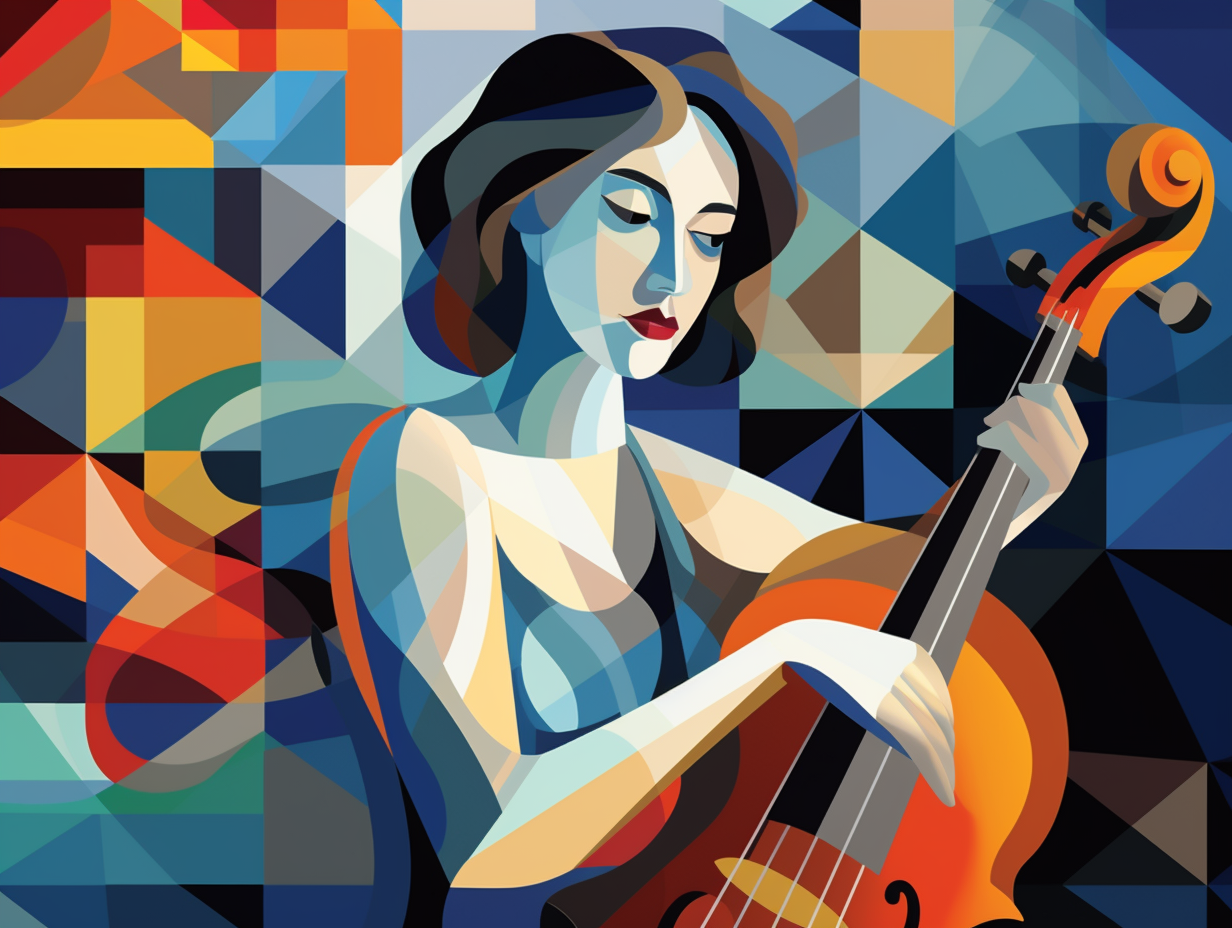
10. Cubism in Fashion & Architecture: Geometric Swag
Whoever said cubism was all squares clearly underestimated its fashion sense and architectural prowess: Cubism extends beyond canvas paintings, finding its way into sculpture, architecture, and even fashion design, with the Prague Cubist building by Josef Gočár showcasing sharp angles and geometric elements, and designer Paul Poiret creating garments echoing the movement's bold shapes and patterns.
Source => tate.org.uk
11. Juan Gris: From Satire to Masterful Cubism
Well, paint us impressed! Juan Gris was something of a Renaissance man – minus the Renaissance part, of course – known for whipping up more than just pretty paintings: He also flexed his funny bone as a satirical cartoonist and illustrator extraordinaire. Safe to say his paintings were more than just a Gris of the mill! And now for the big reveal: Juan Gris used his remarkable versatility to craft a distinctive form of Cubism that stood out from his contemporaries, Picasso and Braque, thanks to the sharp, commercial quality of his work. Talk about a stroke of genius!
Source => theartstory.org
12. Cubist Time Machine Selfies
If Picasso had a time machine and took a selfie, the results would be mind-bogglingly fractured: Welcome to the world of Cubism! This revolutionary art movement shattered traditional forms, offering multiple perspectives in a single composition, and creating an intriguingly abstract depiction of reality.
Source => smarthistory.org
Related Fun Facts


